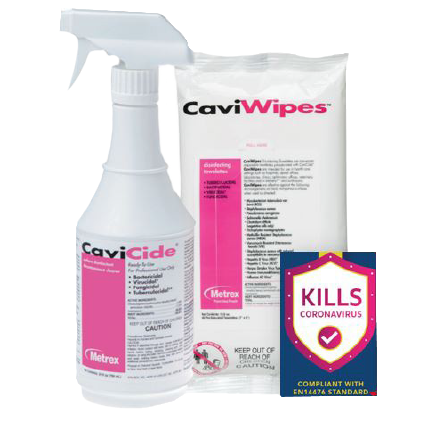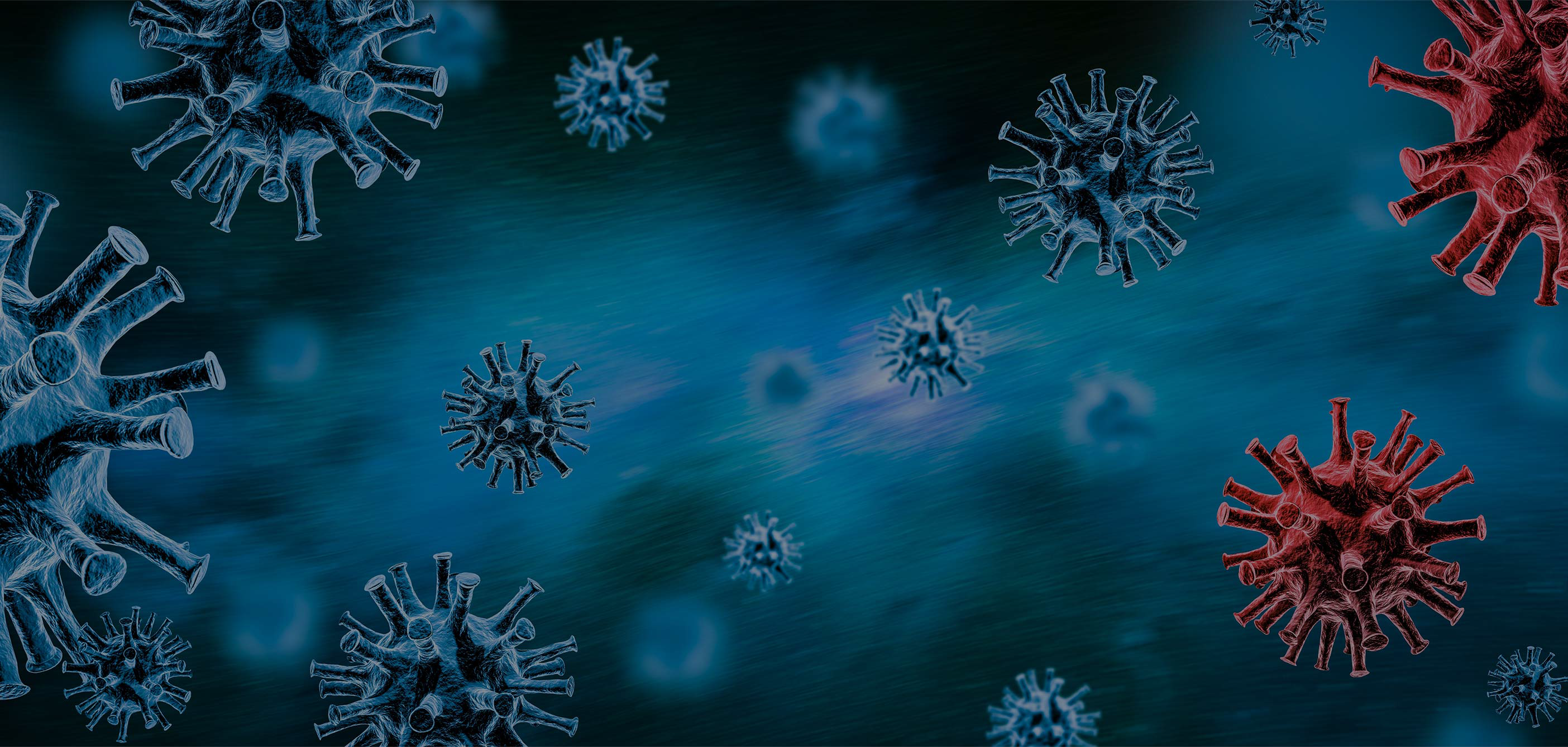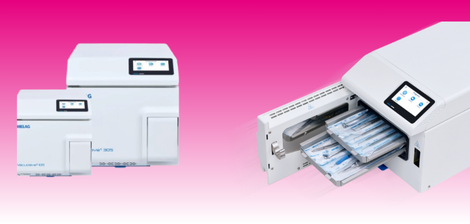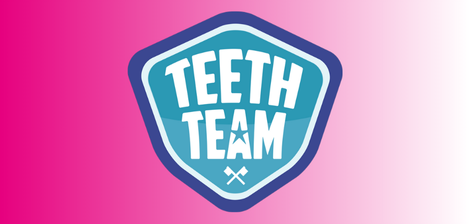Infection Control
In this Q&A, Yatao Liu simplifies infection control protocols without sacrificing health and safety.
What are the potential contaminants that need to be destroyed or eliminated in a dental practice?
If you think about a dental practice, the very nature of the procedures performed means there’s a lot of aerosol, as well as saliva and possibly blood mixed in.
Data suggests that perhaps one in five dental patients may have organisms that cause disease – pathogens – in their oral cavity. This can include bacteria, fungi, protozoa, viruses, and prions.
Aerosol droplets can travel between seven to nine feet, potentially landing on multiple surfaces in the surgery and, depending on the pathogen, they can live from a few hours to a few weeks.
The dental patients may not even know they carry a communicable disease, or they may choose not to reveal it. That leads to the need for universal precautions, so we are always protecting everyone – irrespective of whether someone is carrying a pathogen.

Yatao Liu PhD MPH is an epidemiologist and the general manager of Metrex Research LLC in California. Metrex provides value-added infection prevention products and services in global healthcare environments.
How has COVID-19 added to the requirements?
This coronavirus is, of course, transmitted through the respiratory system. Naturally, if someone who has COVID-19 visits their dental practice, the virus will be spread during any procedures. However, by using universal precautions, everything can be kept clean and disinfected to a safe level, as long as protocols are followed to the letter each and every time.
Given the significance of universal precautions, what are the ideal properties of a cleaner or disinfectant?
So, we’re talking about two different steps here – cleaning and disinfecting. The May 2021 Dental Nursing 3 INFECTION CONTROL reason for these two steps is simply that the pathogens we have been talking about don’t come into the atmosphere alone – they are expelled from the human body in blood and saliva. That means that alongside the pathogens are protein and organic debris, which actually function as a shield to protect those pathogens.
If we cannot effectively clean the proteins and organic debris, the disinfectant will not be able to penetrate through and kill the pathogens. Dental practices are busy places and so a product combining disinfection and cleaning is ideal to simplify the process.
Other desirable properties include:
- The widest possible antimicrobial spectrum
- Fast-acting
- Non toxic
- Compatibility with surfaces in the surgery
- Odourless
- Low alcohol
- Economical.
You mention low alcohol. What is the significance of the alcohol concentration in relation to environmental surface cleaning and disinfection?
Blood and saliva are protein based and, to clean them up effectively, we need to avoid high alcohol levels. That’s because alcohol can denature those proteins and, put simply, will fix the proteins on the surface, a little like glue. When you fix it on the surface, it becomes a bit sticky, so it’s then very hard to remove. For that reason, it tends to be best to avoid high-alcohol cleaner or disinfectant.
If we then go beyond the limitations in terms of cleaning, there are also issues with disinfection and high levels of alcohol. Studies show the efficacy of high-alcohol disinfectants depends on the pathogen and, since it is impossible to test every single pathogen (for example, we didn’t test for COVID-19 (SARS-CoV-2) in the past because it didn’t exist), it’s not ideal.
We try to have a pathogen hierarchy, which asks: ‘What will be the hardest pathogen to killed?’ – and test for that. Normally, that’s Mycobacterium tuberculosis. The truth is that low-alcohol cleaners and disinfectants have a good balance of blood/ saliva cleaning capability, antimicrobial efficacy, fire safety and material compatibility.
What can formulations at the ideal alcohol concentration achieve?
Number one is it allows for a good combination, one-step cleaner and disinfectant. Number two is the high hierarchy pathogen claims, ensuring the product has a good efficacy, for example against TB and fungi. I mention fungi as it often seems to be overlooked.
Contact time is key here, too. How much time does it take to kill the pathogens? If you think about it, if you put aside the need for fallow times for now because of turnover, you’re looking for a product that ideally will work in three minutes or less. The alcohol level is important here, as where this contact time becomes less and less, it means the chemistry becomes more aggressive.
Then there is material compatibility. High alcohol levels may cause irreversible damage to equipment. Essentially, you’re trying to dissolve stuff and that’s likely to erode surfaces, compromising durability and can even void warranties. You won’t get that problem with lower levels of alcohol.
In your opinion, what is the best medium for dispensing cleaners/disinfectants?
If you look at the history of disinfection and cleaning, a liquid has been used for many years. However, there are a couple concerns when it comes to using a liquid. The number one is aerosol – when you spray the liquid, inevitably you may generate some aerosol, which people may inhale. That can be reduced with a well-designed nozzle that can be turned to generate big particles that do not qualify as aerosol. But, unfortunately, not many spray bottles have that mechanism.
The second concern is that when you use liquid, you don’t have a mechanical force. So, people usually use a wet cloth or paper towel to wipe the surface. However, the wet cloth is normally reusable and that may introduce other contaminants. As for paper towel, it depends on what it’s made of. Sometimes a paper towel has some fabric woven into it that will absorb the active ingredients, compromising efficacy.
An alternative to liquid is a disposable wipe impregnated with the active ingredients. A well-designed wipe can demonstrate chemical and mechanical efficacy. Obviously, if a wipe is no longer wet or is dirty, a new one is needed to complete the job. Then, the surface should be left to dry, so that the allimportant contact time isn’t interrupted.
What sort of PPE should the user wear?
Again, it’s all about universal precautions, as we don’t know what’s on the surfaces after a patient has been treated. So that’s mask to protect from aerosols and gloves, of course. Gloves will prevent you from directly touching the contaminated surfaces with unknown pathogens.
Plus, if you are using high-alcohol formulations then goggles are important, as it has the potential to cause eye damage.
How can dental nurses begin to search for the best cleaner/ disinfectant to meet the needs of their practice?
I believe wipes are the best solution, and you want them to be durable, non-woven and non-abrasive, as well as easy to use and offering time-saving convenience. Look for wipes that are recommended for use on hard, non-porous surfaces and fixtures. It is also best to choose wipes that contain neither aldehydes, phenols, bleach, nor other toxic chemicals.
As for pathogen-killing claims, you want as broad a spectrum as possible. Lowalcohol CaviWipes, for example, kill TB in three minutes, and MRSA, HIV-1, HBV and HCV in two minutes.




